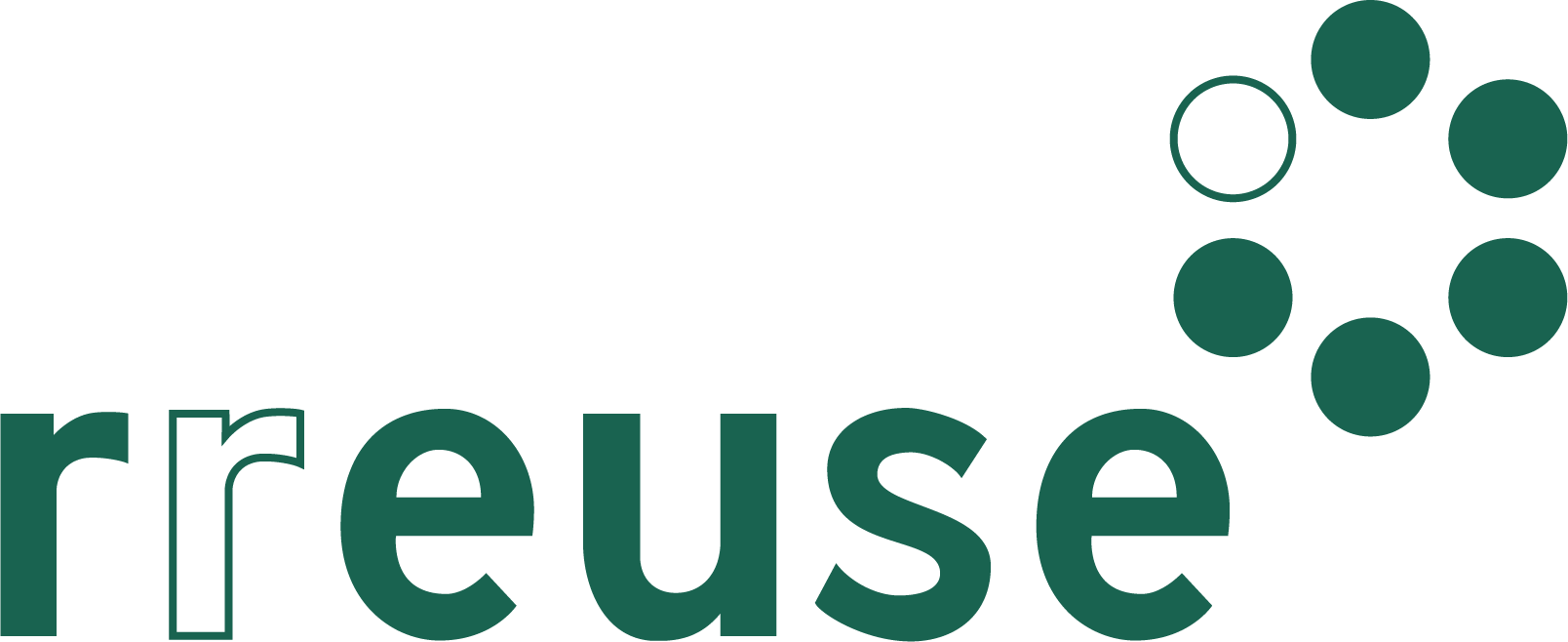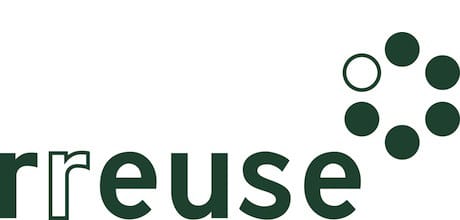Valorising used textiles locally through re-use and recycling activities: The contribution of social enterprises

Waste prevention is at the top of the waste hierarchy, and the positive impacts of reuse are further multiplied when reuse activities and second-hand sales take place locally. Re-using textiles locally is the most sustainable way to close the textiles loop as well as to deliver local jobs for the circular and just transition. Activities of social enterprises of the re-use sector are driven towards implementing the waste hierarchy and respecting the proximity principle. As such, they manage to extend textile products’ lifetime locally while delivering circular skills to vulnerable individuals and building local communities.
Over half of RREUSE’s members work with used textiles, collectively managing 341,000 tonnes across Europe annually. By putting local re-use at the heart of their activities, social enterprises running textile collection, sorting, repair, resale and upcycling operations deliver environmental benefits and provide job and training opportunities for people distanced from the labour market or at risk of socio-economic exclusion. Indeed, a social enterprise creates between 20 and 35 jobs for 1000 tonnes of textile collected in view of being reused[1].
As highlighted by the European Topic Centre Circular Economy and Resource Use and the European Environmental Agency “there is an important role for social innovation that facilitates sustainable behaviour, such as easy access to reused clothing and textile repair services[2]”. In light of this, this paper outlines good practices in responsible used-textile management carried out by our social enterprises community, focused in particular at local options for textile valorisation. It will focus on good practices to improve textile collection and local re-use, through efforts focused on improving textile transparency.
[1] RREUSE (2021) Job creation in the reuse sector: data insights from social enterprises (Available here).
[2] European Topic Centre Circular Economy and Resource Use, European Environmental Agency (2022) Textiles and the Environment – The role of design in Europe’s circular economy (Available here).

